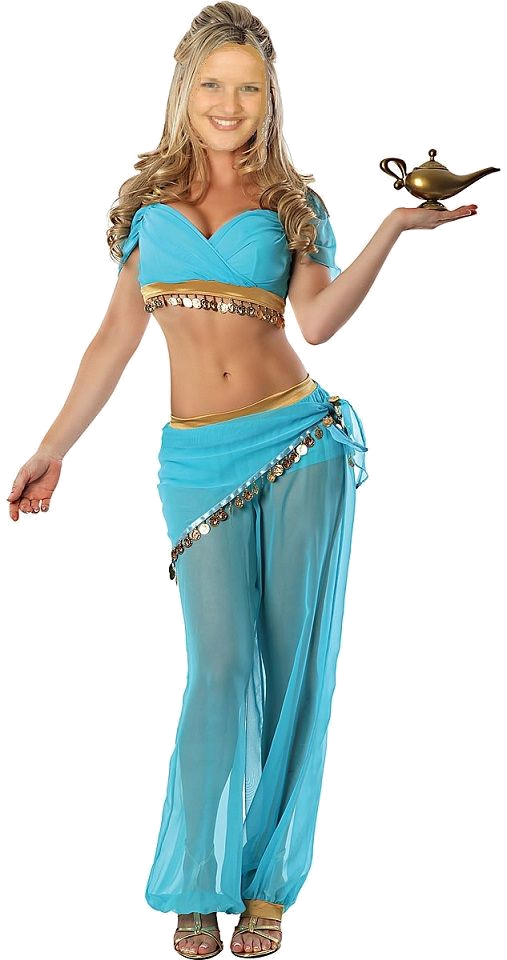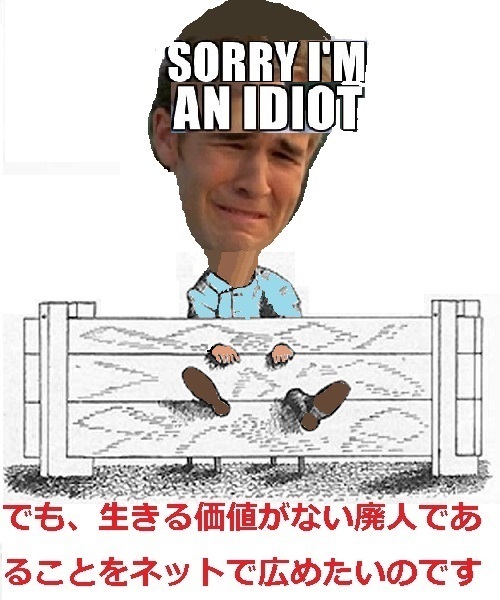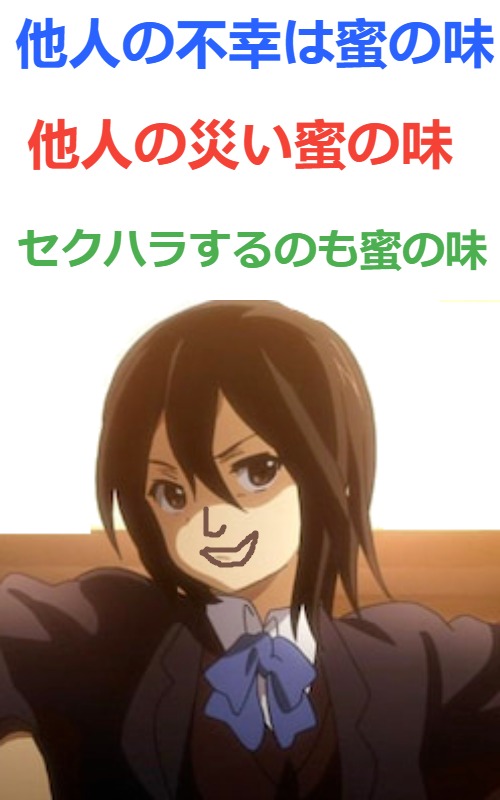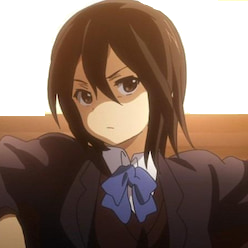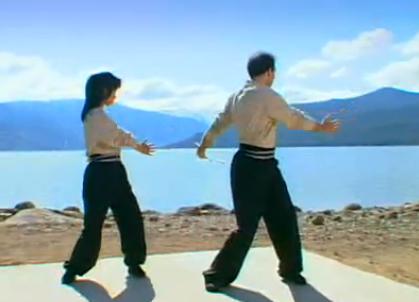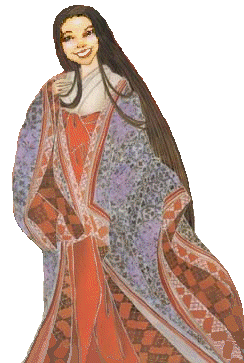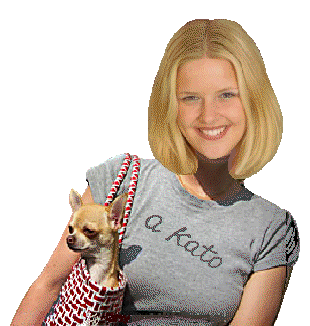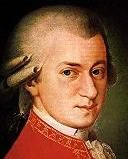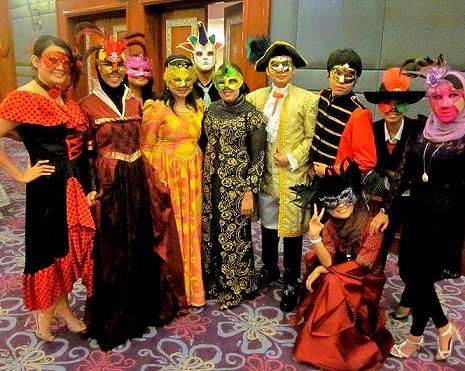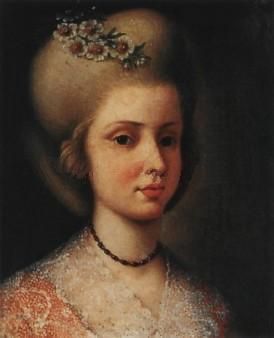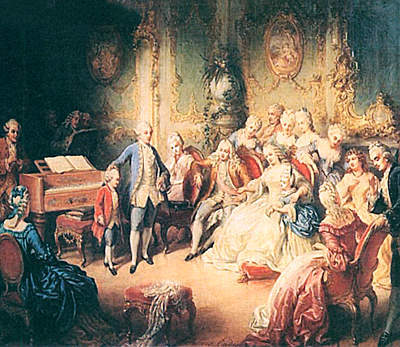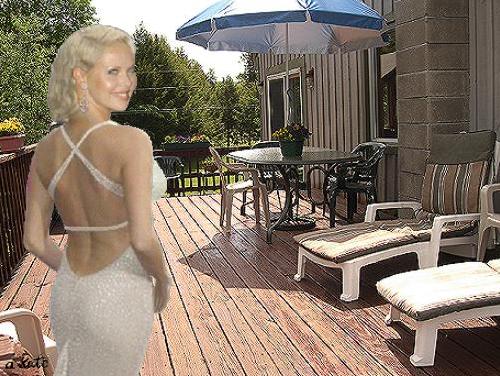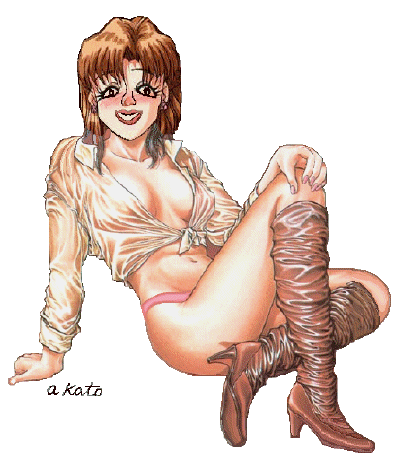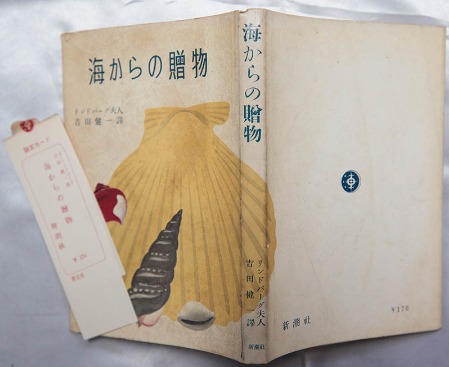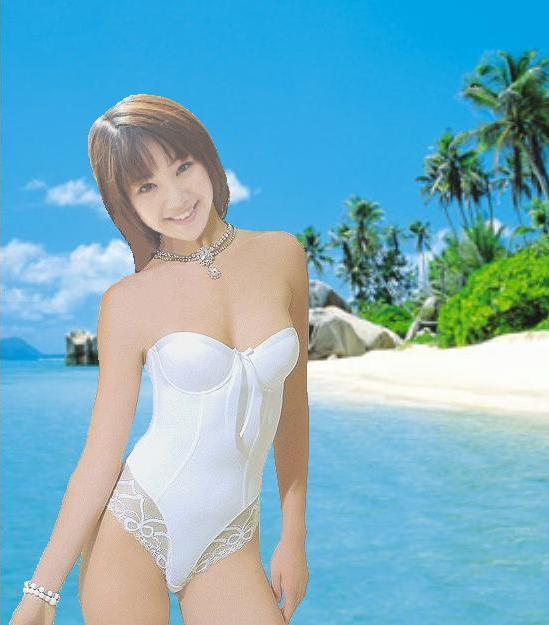上海される
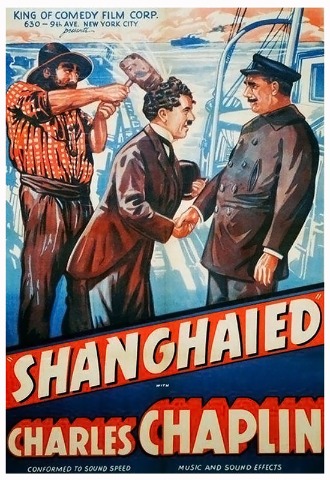
(shanghaied2.jpg)
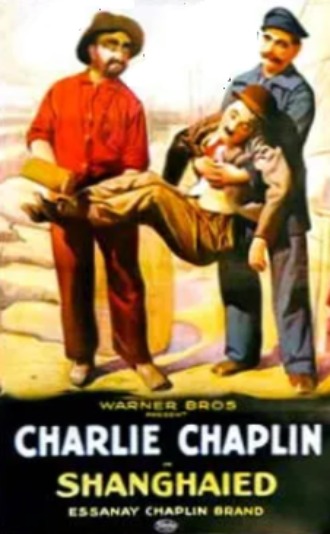
(shanghaied3.jpg)

(june901.jpg)

(june001.gif)
デンマンさん。。。上海されたのですかァ~?

ん? 。。。 上海された?
そうですわ。。。タイトルに 上海される と書いてあるではありませんかァ~?
あのねぇ~、 僕は上海に行ったことはあるけれど、上海されたことはありません。。。
じゃあ、どういうわけでタイトルに 上海される と書いたのですかァ~?
たまたま次のチャップリンの映画を観たのですよ。。。

(shanghaied2.jpg)

デンマンさんは、チャップリンのファンですか?

ファンというほどチャップリンにハマっているわけではありません。。。映画のタイトルに惹かれて観たのですよ。。。なんとなく映画の内容は解ったけれど、どうしてダイナマイトで船を爆発させようとしたのか?…それが解らなかった。。。
チャップリンの船乗り生活

(shanghaied2.jpg)
『チャップリンの船乗り生活』(原題:Shanghaied) は、1915年公開の短編サイレント映画。
エッサネイ社による製作で、主演・監督はチャールズ・チャップリン。
チャップリンの映画出演47作目にあたる。
「道具と装置が十分にそろっていれば、チャップリンはたちどころに上手く作品を作る」という一つの例を示した作品であり、チャップリンは撮影のために船を借りて巧みな作品を作り上げた。
あらすじ
チャーリーは船のオーナー(ウェズリー・ラッグルズ)の娘のエドナ(パーヴァイアンス)と相思相愛であるがオーナーに交際を許してもらえない。
オーナーは保険金を得るために船長(ローレンス・W・ボウズ)と共謀して持ち船を沈めようと企んでいた。
チャーリーは船長に雇われて船乗りをかき集めるが、なぜか自分も船乗りにさせられてしまう。
エドナは父親の船に乗って出奔するとの書き置きを残して家出する。
チャーリーは船内でエドナと巡り合い陰謀を知る。
船長と航海士は船室にダイナマイトを仕掛け船を脱出するが、チャーリーはダイナマイトを船外に放り出す。
エドナを助けるためにモーターボートで追ってきたオーナーはなおチャーリーを拒絶するのでチャーリーは悲観したふりをして海に飛び込むが、隙を見てオーナーを海に蹴り落としてエドナと抱擁する。
製作
カメラマンのハリー・エンサインは、撮影に際してカメラに錘をつけ、それを揺り動かして船が(必要以上に)揺れている様子を再現した。
船内シーンの撮影は撮影所内でも行われ、こちらはセットの下に振り子を取り付け、これを動かして嵐と格闘する船内を表現した。
この2つの表現技法は、『チャップリンの移民』(1917年)にそのまま流用された。
また、「保険金目当てで所有財産を爆破する」という設定は『チャップリンの消防夫』(1916年)に転用された。
背景
タイトルの船に連れ込んで働かせるために誘拐する意味で、サンフランシスコから上海(Shanghai)へといった長距離航路の船員が不足した際に、暴力や麻薬などを使って男たちを無理やり船に乗せて働かせたところから生まれた。
本作の内容もこれに則っている。
アメリカの海員は長きにわたり労働条件の改善問題に直面していた。
洋上での労働は極めて過酷なままで、軍隊における上官に対する抵抗と同様、船長に対して起こした抵抗には抗命罪が適用された。
逃げ場のない洋上で抵抗を試みることは困難であったため、海員たちの抵抗手段の多くは寄港した際の脱船であったが、捕まった場合には投獄・罰金・鞭打ちなどの厳しい懲罰が適用された。
また、当時の港では配乗を仕切る手配師により、法律を無視したshanghaiingと呼ばれる誘拐同然の拉致や酔い潰してその間に船に放り込んで出発する行為が横行していた。
それに対して海員の権利を保護する法律は船主側の抵抗を受けながら順次整備され、本作が公開された1915年に成立した海員法(船員法)では、脱船者に対する拘禁・鞭打ちなどのあらゆる処罰が禁止された。
これによりアメリカ人海員に関するこの問題は収束していく。
なお、ローレル&ハーディ主演の『The Live Ghost』(1934年)も、この問題を題材としている。
外部リンクの『The Live Ghost』も参照。
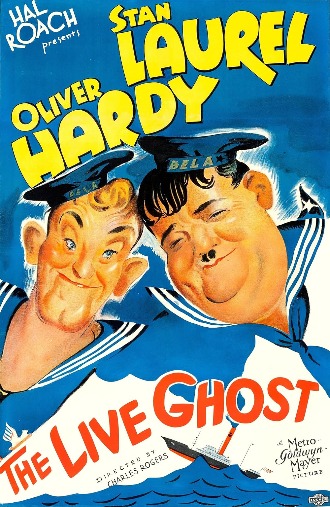
(lveghost.jpg)
出典: 「チャップリンの船乗り生活」
フリー百科事典『ウィキペディア(Wikipedia)』

船のオーナーはあくどい男なんですねぇ~。。。船長に頼んでダイナマイトで船を爆破させて保険金をだまし取るなんて最低な男ですよ。。。

でも、手っ取り早く お金が手に入るので、そういうことを考える人は多いのですわァ。。。日本でも、保険金目当ての殺人事件って多いではありませんかァ。。。

(7kills.jpg)

ジューンさんは意外に詳しいですねぇ~。。。もしかして保険金詐欺事件にかかわったことがあるのではありませんかァ~?

まさかァ~。。。悪事を働くほどお金に困っていませんわァ~。。。ところで、どういうわけでチャップリンの無声映画を取り上げる気になったのですかァ~?
もちろん、shanghaied という意味が解らなかったからですよ。。。地名を動詞として使っているわけですよ。。。上のウィキペディアの説明を読むまで全く知りませんでした。。。このように地名を動詞に使っている例が他にもあるのですか?
ありますわ。。。ドイツにエッセン(Essen)という都市があります。。。

(essen2.jpg)

この町の名前がどういう意味に使われているのですか?

to eat(食べる)という意味で使われています。。。

(essen-eat.jpg)

英語でも essen が食べるという動詞として使われるのですか?

私の知る限り使われることはありません。。。
じゃあ、どういうわけで essen が食べるという意味になるのですか?
デンマンさんはドイツ語を話せますかァ~?
僕は大学でドイツ語を取ったけれど、会話ができるまでには勉強しませんでした。。。
ずいぶん さぼったようですわねぇ~。。。ドイツ語を勉強したことがあれば essen は「食べる」を表す動詞の不定詞であると解っているはずですわ。。。小文字でエッセンと表わします。。。つまり、綴りは都市名と全く同じです。。。
偶然の一致ですか?
都市の名前の起源について ドイツでも しばしば混乱を引き起こしているのです。。。名詞の食べ物は、常に大文字で Essen と表記されるため、混乱がさらに増します。。。 学者たちはまだ名前の解釈に異議を唱えているのです。 一説には、都市の名前の最も古い知られている形式はアストニデであり、それが次のように変化したというのです。。。Astnidum、Assinde、Essendia、Esnede、そして Essen になったのではないか?…そういう説を唱えている学者がいます。。。
もともとのアストニデという意味は何ですか?
アストニデ(Astnide)という名前は、トネリコの木が多く見つかった地域という意味だと言われてます。。。

(toneriko3.jpg)

なるほどォ~。。。トネリコから変化してEssendia、そして Essen ですかァ~。。。じゃあ、「食べる」という意味の essen の語源はどういうものですか? トネりコの木と関係があるのですか?

トネりコの木とは関係がありません。。。古いドイツ語の ezzan (噛む)から「食べる」に変化したそうです。。。
ジューンさんは博学ですねぇ~。。。ドイツ語もしゃべれるのですかァ~?
日常会話程度ならば話せますわァ~。。。
そうですかァ~。。。おかげでドイツ語の勉強になりました。。。
初出: 2023年10月18日

(laugh16.gif)

(june902.jpg)
【卑弥子の独り言】
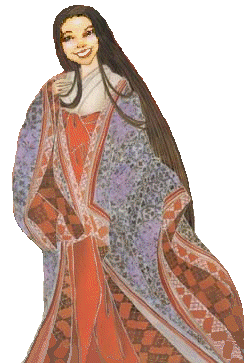
(himiko22.gif)
ですってぇ~。。。
貴方も「Essen」という都市名が「食べる」という意味があるのを知ってましたか?
ええっ。。。「そんな事はどうでもいいから、他にもっと面白い話をしろ!」
あなたは、そのような強い口調で あたくしにご命令なさるのでござ~♬~ますかァ~?
いけ好かないお方ァ~。。。!
分かりましたわ。。。
それでは、ローレル&ハーディの面白いドタバタ喜劇を観てくださいまし。。。
どうでした? 笑いが止まりませんでしたかァ~?
ええっ。。。 「そんなことはどうでもいいから、他にもっと楽しい話をしろ!」
あなたは、そのような命令口調で 更に、あたくしに強要するのでござ~ますわねぇ~。。。
いけ好かないお方ァ~。。。
分かりましたわぁ。。。 では、ちょっと次のクリップを見てくださいなァ。。。
思わず笑ってしまいますわ。。。

(dog807.jpg)
ええっ。。。? 「犬や猫のことは どうでもいいから他に もっと面白い話をしろ!」
あなたは、更に あたくしに そのような強い口調でご命令なさるのでござ~ますかァ~?
分かりましたわァ~。。。
あなたが、そうおっしゃるのならば、あたくしの個人的なお話しをいたしますわァ。
実は、あたくしの“ヴィーナスのえくぼ”が殿方の注目を集めているのでござァ~ますわよう。
うふふふふふふふ。。。
ええっ。。。 信じられないのでござ~ますかァ?
じゃあ、ちょっと次の検索結果を見てくださいまし。。。

(gog60409a.png)
■『拡大する』
■『現時点での検索結果』
「卑弥子 ヴィーナスのえくぼ」と入れてGOOGLEで検索する殿方が多いのでござ~ますわァ。
つまり、あたくしの“ヴィーナスのえくぼ”を目当てにやって来るのですわァ~。。。
うふふふふふふ。。。
あなたも、ビックリするでしょう?
ジムで汗を流して “ヴィーナスのえくぼ”をゲットいたしました。。。

(buttdimp5.jpg)
スタイルもよくなったのでござ~ますわァ~。。。

(curtain5.jpg)
いかがでござ~ますか?
でも。。。、でも。。。、“天は二物を与えず”と申します。。。
これほどスタイルが良くなったというのに、あたくしは未だに独身でござ~ますのォ。。。
世の中は、なかなか思うようにゆかないものですわァ~。。。
ところで、あなたは『万夜一夜物語』を読んだことがござ~ますかァ~?
“千夜一夜物語”ではなくてぇ、“万夜一夜物語”ですわ。
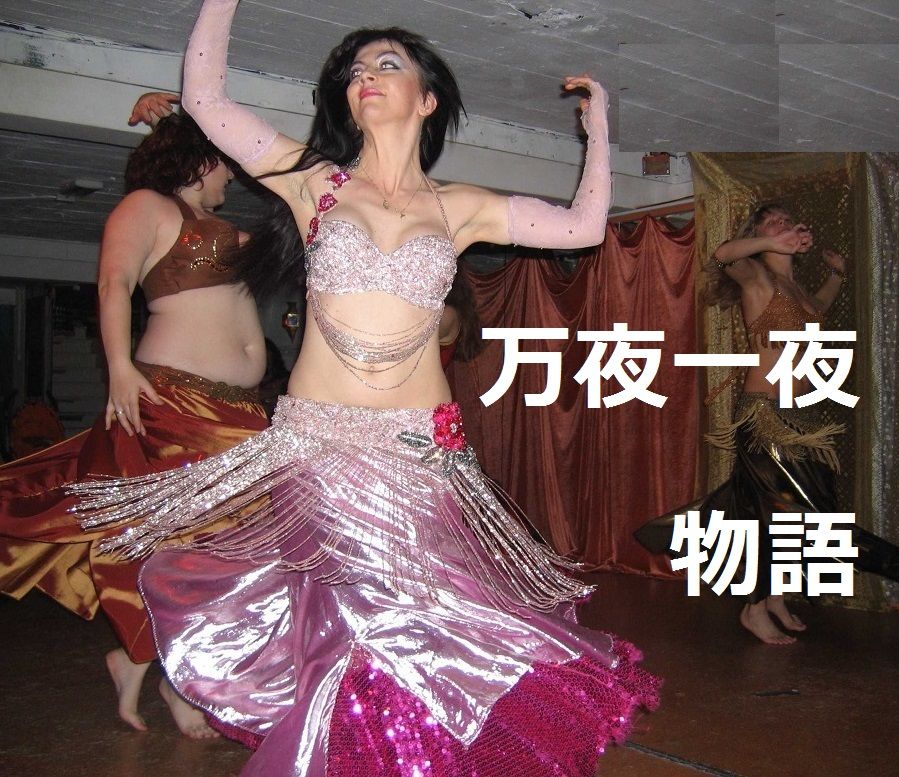
(manya02.jpg)
■『万夜一夜物語』
デンマンさんが書いたのでござ~ますわよう。
ええっ。。。 10,001の話が書かれているのかってぇ~。。。?
とにかく、上のリンクをクリックして読んでみてくださいませぇ~。。。
あなたも、絶対にビックリするようなお話が出てきますわァ。
『万夜一夜物語』だけでは、物足りないのでしたら、
ジューンさんが登場する面白いお話もたくさんあります。
興味のある方は、どうか次のリンクをクリックして読んでくださいましねぇ~。。。
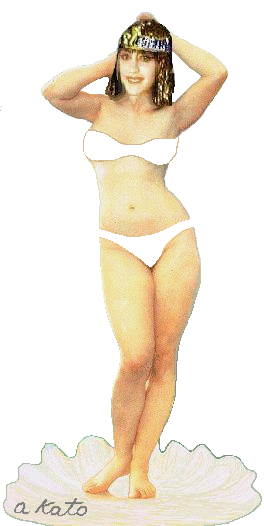
(roten101.jpg+cleoani.gif)
■『エレクトラde中国』
■『熟女パンツ』
■『ラーメン@カイロ』
■『スパム@クルーズ』
■『えくぼ@ヴィーナス』
■『孀婦岩』
■『モナリザ描きたい』
■『ジューンさんの下着』
■『やっぱり熟女下着』
■『じゅくじょのぱんてー』
■『事実と芸術』

(miro0018.jpg)
■『パクられたパンツ』
■『タイタニック@スリランカ』
■『蜂@泣きっ面』
■『外人が知っている美しい日本』
■『腰使い 熟女』
■『熟女の下着姿』
■『腰を使う熟女』
■『ブログランキング』
■『曇ってきた@英語』
■『出会い系より腰を使う熟女』
■『ブリスベンの従妹』
■『アヒルが行く』
■『英語ペラペラ勉強法』
■『ブラウザとOS』
■『二千二夜物語』
■『大晦日のおばさんパンツ』
■『下着の人類学』
■『万夜一夜@ロンドン』
■『ヒトラーとトランプ』

(malata019c.jpg)
■『ロマン@マルタ島』
■『下着の人類学@大阪』
■『ハロー@ロックビル』
■『孀婦岩の人気 なぜ』
■『マグダラのマリア 娼婦か聖女か?』
■『マグダレンの祈り』
■『女子大生の多い混浴』
■『アンネフランクの言葉』
■『ビクトリア朝の慎み』
■『銭湯と円タク』
■『女装ブログ』
■『注目記事』
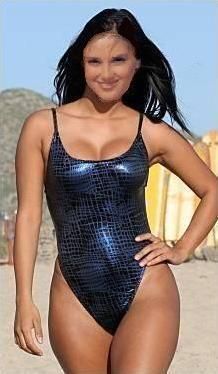
(sylvie122.jpg)
■『風邪が治るまで』
■『ひょうたんde徒然』
■『アヒルが並んだ』
■『なぜ骨なの?』
■『にべもない』
■『やぶさかでない』
■『おかしなパンツ』
■『みもふたもない』
■『自動翻訳はダメ』
■『慫慂』
■『ヤンキー』
■『及び腰と二の足』
■『ジューンさんの従妹』
■『ナマズにされた』
■『美術解剖学』
■『太ったチャンス』
■『ジューンさんの下着を探して』
■『おおどかさ』
■『高級娼婦@パリ』

(fan004.jpg)
■『パリの高級娼婦』
■『パリのコールガール』
■『熟女SEO』
■『緑園の天使』
■『ジューンさんに魅了され』
■『日本のおばさん 生姿』
■『仏とアラビアンナイト』
■『混浴オフ会ブログ』
■『海外美女・海外美少女』
■『ん?ボロックス』
■『小さな村の魅力』
■『小さな村がなぜ?』
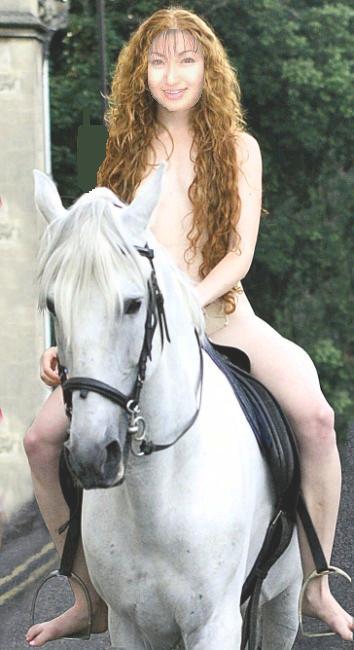
(godiva05.jpg)
■『ローレル&ハーディ』
■『こんな仕事があった』
■『少年大統領』
■『ベロニカとの記憶』
■『混浴ブーム』
■『熟年主婦の下着』
■『卵とボロック』
■『ハイパティア』
■『アマサス』
■『混浴ブログを探して』
■『日本おばさん生姿』

(30june.jpg)
■『ユーゴーの娘』
■『熟女の下着』
■『ヤノマミの少女』
■『白骨死体』
■『混浴ブームだよ』
■『処女マリア』
■『マルタ島』
■『ゴッホは殺されたの?』
■『熟女ランジェリー』
■『熟女@ランジェリー』
■『スクロンクリッシュ』
■『7人の美女と現実主義者』
■『スクロンクリッシュ後日談』
■『ほとぼりが冷める』
■『スクロンクリッシュ再訪』
■『ゴッドファーザーズ』
■『お開き』
■『初恋』
■『混浴ズラズラ』
■『熟女がいっぱい』
■『劉沐宸?』
■『熱心な読者』
■『パパサーチ』
■『熟女下着とSEO』
■『ハロルド・ロイド』
とにかく、次回も興味深い記事が続きますわ。
だから、あなたも、また読みに戻ってきてくださいね。
じゃあ、また。。。

(hand.gif)
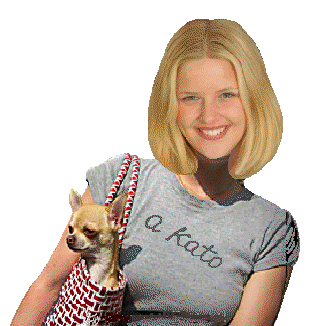
(chiwawa5.gif)
こんにちは。ジューンです。
スパムメールが相変わらず多いですわよね。
あなたのメールボックスにも、
ジャンクメールがいっぱい入っているでしょう!?
スパムメールを飛ばしているのは
いったい、どういう人たちなのでしょうか?
出会い系サイトのオーナーたちが多いそうですわ。
彼らは会員を集めるためにスパムメールをばら撒きます。
そのためにメールアドレスのリストを購入しています。
では、そのようなリストを販売している人は
どうやってメールアドレスを集めているのでしょうか?
ロボット(自動巡回プログラム)によって
自動収集させているのです。
ところで、サーチエンジンの自動巡回ロボットは
毎日世界中のサイトを訪問し、
その内容をデータベースに書き込んでいます。
同じように、このメールアドレス収集巡回ロボットも、
HTMLソースを分析し、
メールアドレスらしきものをどんどん記録してゆきます。
でも、使っていないメールアドレスが
たくさんあるのですよね。
あなたの使っているメールアドレスのことを
考えてください。
あなたはメールアドレスをいくつ持っていますか?
一つだけではないでしょう?
10以上持っているのではありませんか?
多分、ほとんどのメールアドレスは使ってないでしょう?
そのために、現在実際に使っている
メールアドレスを集めるために、
怪しい人物が使用度の高いメールアドレスを
集めているのですわよ。
だから、あなたもむやみに信用できない人に対して
返信しないようにしてくださいね。
詳しいことはデンマンさんが次の記事で書いています。
■『コメント魔』
(2012年4月3日)

(himiko92.jpg)
ところで、卑弥子さんが面白いサイトを
やっています。
興味があったら、ぜひ次のリンクをクリックして
覗いてみてください。
■『あなたのための笑って幸せになれるサイト』
とにかく、今日も一日楽しく愉快に
ネットサーフィンしましょう。
じゃあね。 バーィ
■『センスあるランジェリー』

(byebye.gif)












